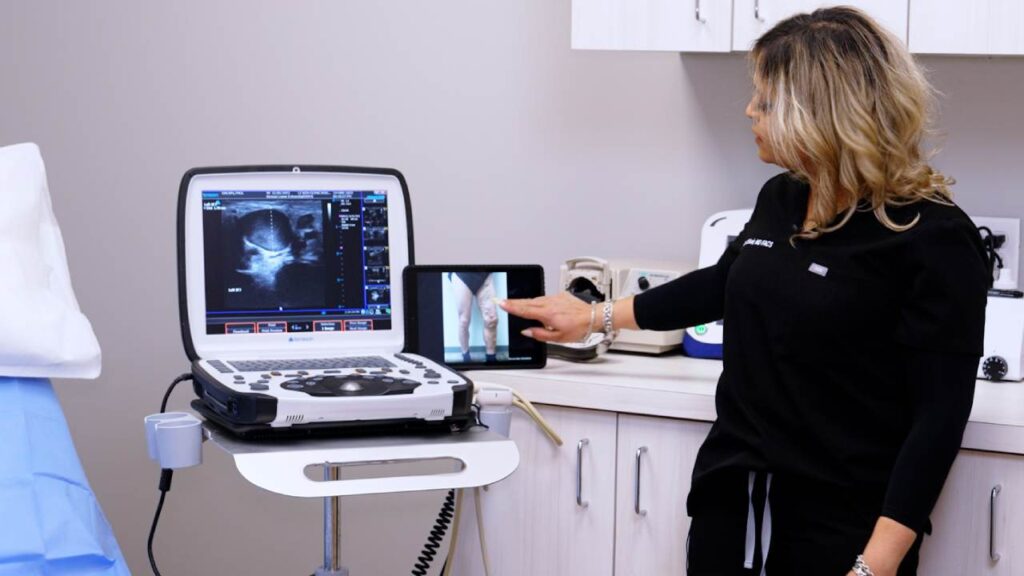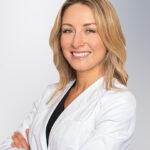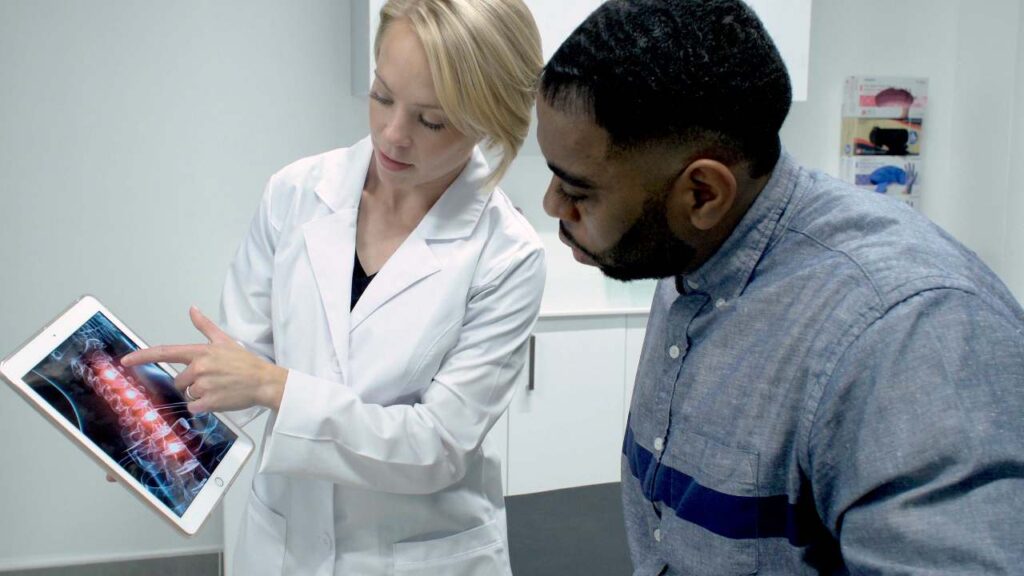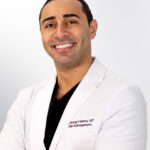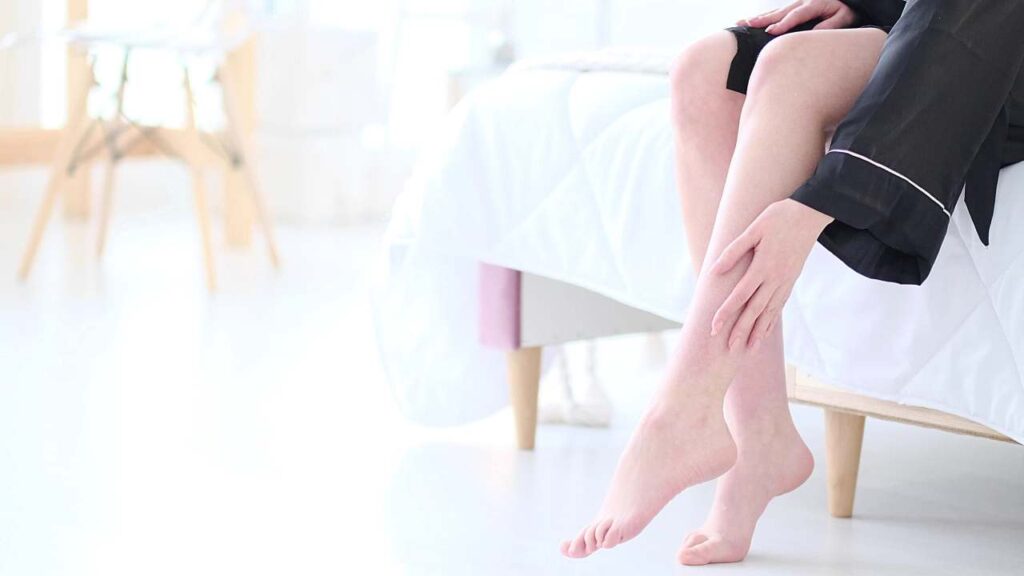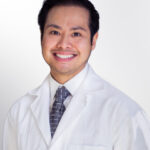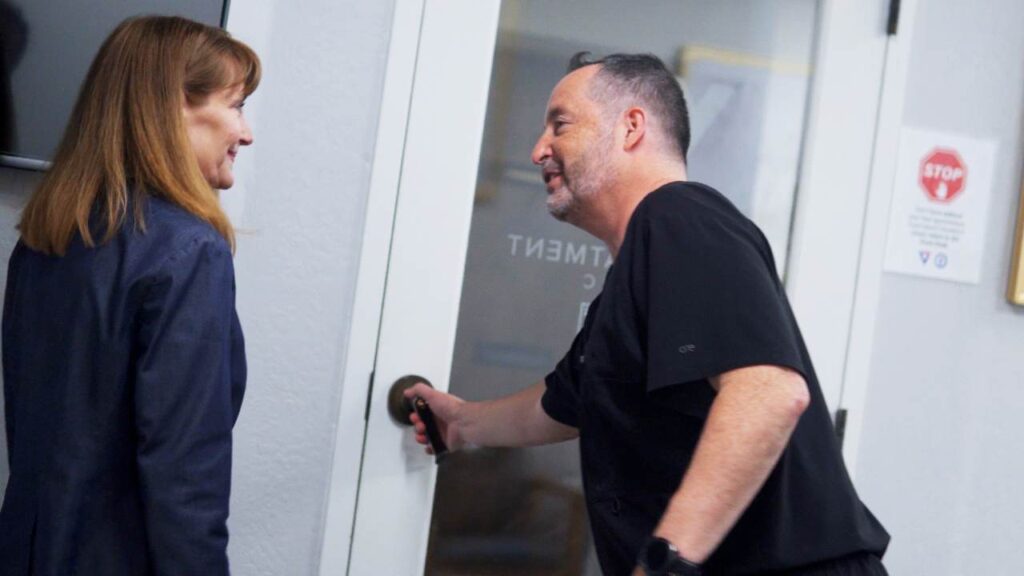Spider veins and varicose veins can range from a cosmetic issue to an uncomfortable and painful condition, but many people are unaware that spider veins and varicose veins are linked to a larger circulatory problem. If you are experiencing these symptoms of vein disease, it’s time to make an appointment with a reputable varicose vein specialist, such as the outstanding physicians at Vein Treatment Center New York. Click HERE to book an appointment at our excellent vein clinic, or keep reading to learn more about chronic venous insufficiency
How do veins circulate blood?
Before you can understand chronic venous insufficiency, you first need to understand how it works normally. Veins throughout the body have one-way valves that ensure blood flows to the heart but does not reverse direction and return to the limbs. Leg veins work extra hard because they must overcome gravity to deliver blood to the heart.
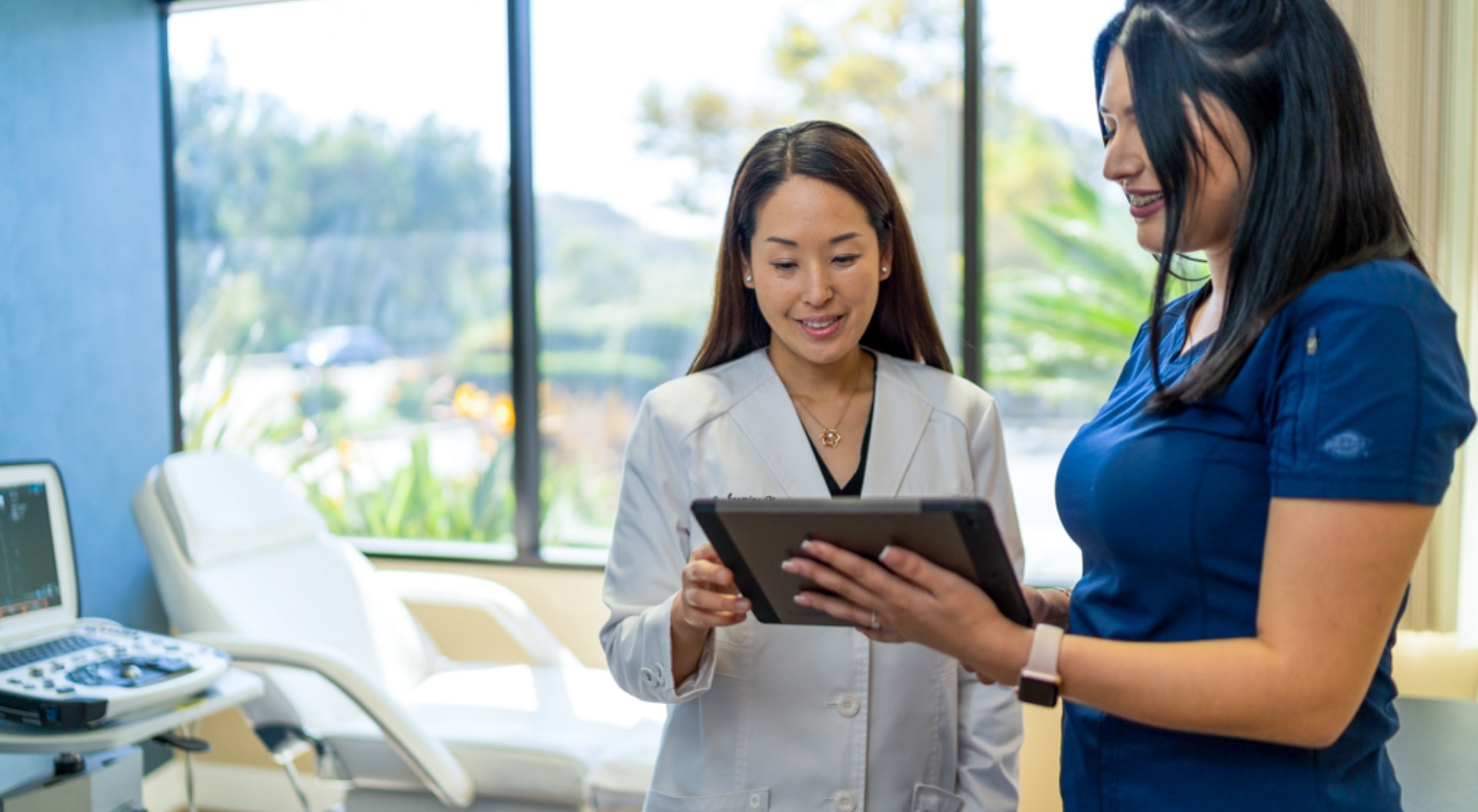
What is Chronic Venous Insufficiency?
When the valves in the veins of the legs weaken or become leaky, gravity takes over and blood gets pulled back down and pools in veins near the feet. When this happens in a single vein, it is known as venous reflux; when it happens in multiple veins, it is known as venous insufficiency, because the venous system can no longer adequately return blood to the heart.
What are the Signs and Symptoms of Chronic Venous Insufficiency?
Heaviness, aching, fatigue, or swelling in the feet and ankles are common symptoms, which are usually worse in the evenings after you’ve been up and about, allowing more blood to pool in your legs. Inadequate circulation, which would otherwise carry away excess lactic acid produced by normal muscular activity, may also cause cramping in your leg muscles.
If your CVI is severe, you may develop stasis dermatitis, which is characterized by dark red/brown patches or ulcers on your skin. The patches are caused by red blood cell breakdown, and the ulcers are usually open wounds that do not heal quickly or easily because blood flow is insufficient to send enough clotting factors to the area.
What are spider veins and varicose veins?
As blood builds up in the veins over time, the pressure in the vein increases and leads to bulging veins. These bulging veins are called spider veins or varicose veins depending on the size, location, appearance, and level of discomfort. The varicose veins and spider veins may itch, burn, or throb, and can be tender to the touch.
How do spider veins and varicose veins look?
Spider veins are thin, with a diameter of less than a millimeter, and look like red, blue, or purple spider webs. Clusters can be found on the legs or face, and they are all associated with a slight discomfort.
Varicose veins, however, are much bigger, at over three millimeters in diameter, and they tend to look like a knotted rope, with areas that bulge and uneven distribution. They are found in the legs, inner thighs, buttocks, and lower pelvic regions, and can range from being asymptomatic to causing significant discomfort.
How do I know if I need to seek vein treatment?
Reflect on what your legs looked and felt like a few years ago, and take note if your legs are noticeably more tired or achy at the end of the day than they used to be. If you are showing any of the signs or symptoms that we talked about, be sure to get in contact with a vein treatment center to find a specialist in venous medicine.
Where can I seek vein treatment in FIDI?
If you have varicose veins and spider veins, it is important to get screened at a vein clinic to diagnose potential venous insufficiency that is causing the problem. These visible veins you are seeing on your legs are best addressed by treating any larger circulatory issue, such as Chronic Venous Insufficiency.
After a board-certified specialist in venous medicine at a vein center evaluates your condition, he or she can make recommendations on what kind of vein treatment would be best for you, which typically is a minimally-invasive procedure to close unhealthy veins and fix the “leaky pipe” to redirect blood to flow in the right direction, preventing build-up.
Who can treat my vein disease?
Let’s meet some of the vein doctors at our vein center in New York who can not only provide you with the vein treatment you need, but consistently go above and beyond.
Dr. Michael Nguyen is a Harvard-trained triple board-certified vein doctor. He values his peers’ education because he has vein doctors visit him on a regular basis to observe the most recent, cutting-edge, minimally invasive non-surgical techniques.
Dr. Sareh Rajaee is a Yale-trained vascular surgeon who specializes in vein and arterial disease. She believes in a holistic approach to patient care and works hard to develop relationships with her patients while advocating for their well-being.
Dr. Juan Montoya is a Yale-trained, double-board-certified venous medicine and cardiothoracic surgery specialist. He is fluent in English and Spanish and has extensive experience with the most recent minimally invasive vein treatments for Chronic Venous Insufficiency.
When you schedule an appointment at our vein center in New York with one of our three vein doctors – Dr. Michael Nguyen, Dr. Sarah Rajaee, or Dr. Juan Montoya – you can be confident that you will receive the highest standard of care and have the best patient experience possible. Visit the Vein Treatment Clinic in New York City today!

